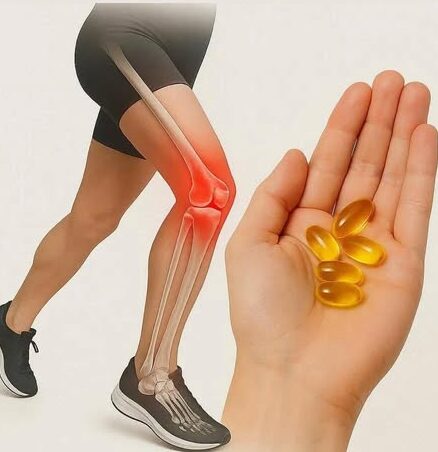Introduction
When leg discomfort, bone aches, and persistent muscular fatigue start creeping into daily life, many assume it’s just exhaustion or aging. However, the real culprit is often far simpler — a deficiency in a crucial nutrient the body relies on for structural strength and mobility. This essential vitamin doesn’t just support bones; it fuels immunity, energy levels, and overall vitality.
Origin and Cultural Significance
Ancient civilizations understood the healing power of sunlight long before science identified its connection to Vitamin D production. In the early 20th century, children suffering from rickets in industrial cities were prescribed daily sun exposure as treatment. Across cultures, from Mediterranean coastal dwellers to African nomadic tribes, outdoor living naturally fortified their bodies. Today, however, indoor lifestyles and limited sun exposure have revived widespread deficiencies — turning Vitamin D into one of the most commonly lacking nutrients worldwide.
Ingredients Quantity
- Vitamin D (Recommended daily intake:
- 600–800 IU for most adults
- 1,000–2,000 IU for those with deficiencies or limited sun exposure)
- Sunlight (10–20 minutes daily on face, arms, or legs)
Optional Additions
- Calcium-rich foods (milk, yogurt, leafy greens) — enhances Vitamin D absorption
- Magnesium — supports Vitamin D activation in the body
- Omega-3 fatty acids from fish or flaxseed — boosts bone health and reduces inflammation
Tips for Success
- Take Vitamin D with a meal containing healthy fats, as it is fat-soluble.
- If using supplements, choose Vitamin D3 (cholecalciferol) for better absorption.
- Combine Vitamin D with light physical activity or walking in sunlight for double benefits.
- Get blood levels tested regularly if symptoms persist.
Instructions
- Begin each day with natural sunlight exposure when possible.
- Add Vitamin D-rich foods like salmon, egg yolks, or fortified cereals to meals.
- If dietary intake is insufficient, take a daily Vitamin D3 supplement as per dosage guidance.
- Pair intake with calcium and magnesium for optimal bone support.
- Maintain consistency for at least 4–8 weeks to feel noticeable relief.
Description
Vitamin D is often called the “sunshine vitamin,” yet its role extends far beyond mood and immunity. It acts like a silent architect, guiding calcium into bones, strengthening joints, stabilizing muscles, and even supporting nerve communication. When levels drop, the body sends signals — aching legs, weak bones, slow recovery, or constant fatigue — asking to be nourished.
Nutritional Information (per 1,000 IU Vitamin D3 Supplement Serving)
- Calories: 0
- Fat: 0 g
- Calcium Support: High
- Muscle Function Support: High
- Mood & Immune Boost: Significant
Conclusion
If your legs feel heavy, your bones achy, or your energy depleted, it may not be age or exhaustion — it could simply be a Vitamin D deficiency. Replenishing this single nutrient can restore mobility, strengthen posture, and rejuvenate overall health.
Recommendation
Before turning to painkillers or harsh treatments, start with nature’s remedy — sunlight paired with Vitamin D-rich nutrition or supplements. Consult with a healthcare provider for proper dosage, especially if symptoms persist.
Embracing Healthful Indulgence
True self-care isn’t only about luxury—it’s about giving the body what it quietly craves. Nourishing yourself with the sunshine vitamin is not just medicine; it’s an act of gratitude toward your bones, muscles, and spirit. Let healing begin not with complexity but with simplicity — one ray of light and one mindful dose at a time.
